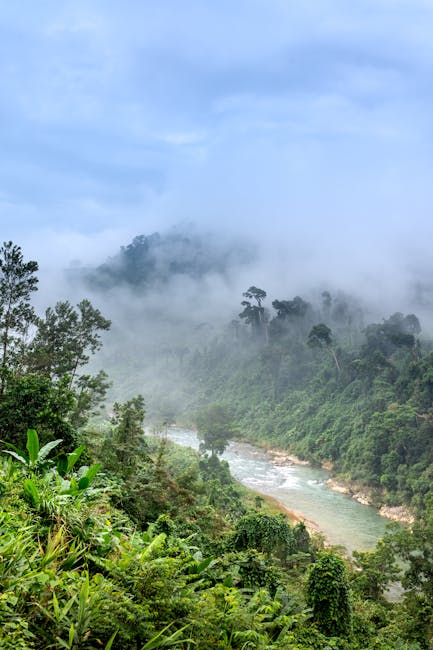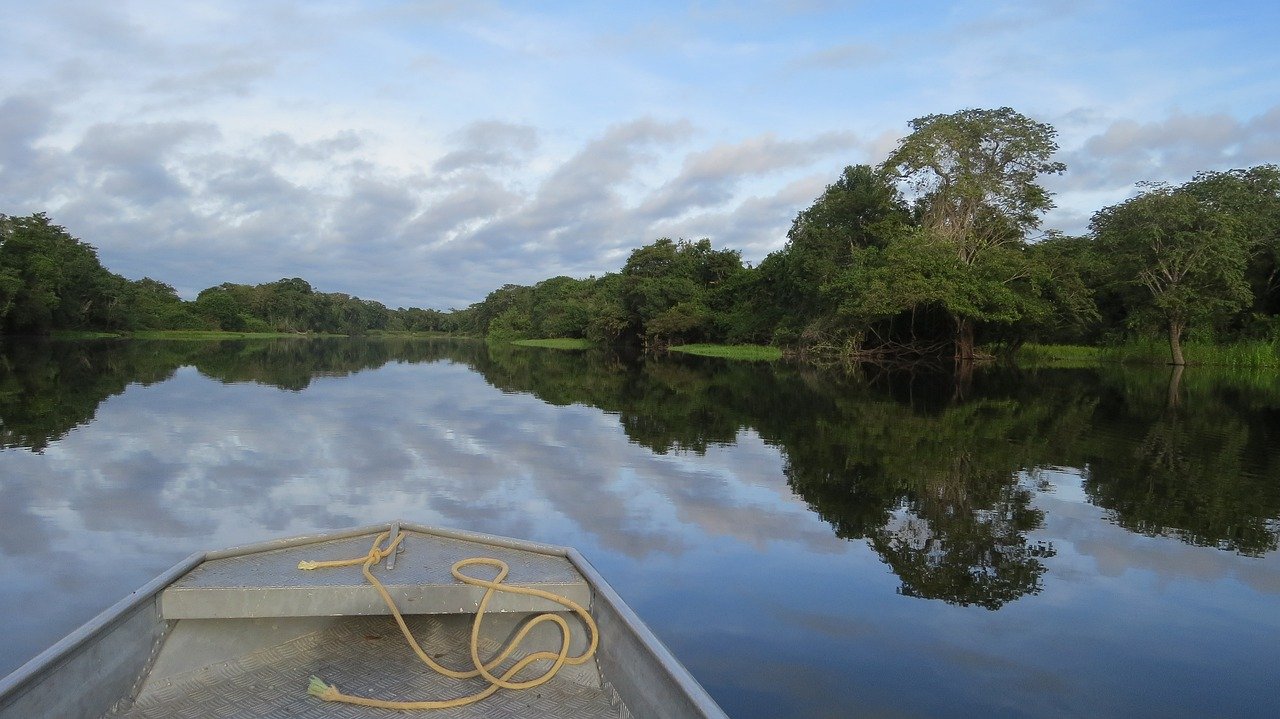Unforgiving Climate and Terrain

The Amazon Rainforest is synonymous with a climate that’s harsh and unforgiving. Temperatures often soar, and the air is so humid it feels like you’re wearing the weather. During the rainy season, from October to May, the sky opens up without warning. Torrential rains can convert clear pathways into rivers, making navigation a nightmare. The dense jungle is a labyrinth of thick underbrush and creeping vines. Even seasoned explorers find themselves daunted by the task of making their way through such challenging terrain. The relentless climate, coupled with the daunting environment, often leaves travelers drained, both physically and mentally.
Encounters with Dangerous Wildlife
When you think of the Amazon, images of exotic creatures quickly come to mind. Home to approximately 10% of the known species on Earth, it’s a sanctuary of biodiversity—but not without its dangers. The black caiman lurks silently in rivers, while the elusive jaguar prowls quietly in the shadows. And let’s not forget the formidable green anaconda, coiled and ready to strike. In the waters, electric eels can deliver shocking surprises – quite literally. Venomous creatures, such as the colorful poison dart frog, add to the danger, and even the innocent-looking piranhas are known to bite. For those unfamiliar with such wildlife, these encounters can be more nerve-wracking than exhilarating.
Health Risks and Disease Exposure

The lush beauty of the Amazon masks a hidden danger—it’s a hotspot for diseases. Malaria, yellow fever, and dengue fever aren’t just stories here; they’re very real threats. Disease vectors, like mosquitoes, make it vital for travelers to be armed with vaccinations and take prophylactic medications before setting foot in the jungle. But, despite these precautions, the risk lingers like a cloud, ever-present and unsettling. Being aware that a simple bug bite could lead to severe illness is enough to keep many potential visitors away.
Safety Concerns and Crime
The allure of the Amazon’s beauty clashes with the reality of safety concerns. Urban centers, such as Manaus, have reported instances of crime, from petty theft to acts of violence. In more remote parts, illegal activities are rampant, making some regions unsafe for tourists. This backdrop of crime and danger can easily overshadow the natural wonders, casting a long shadow over what should be a captivating experience. When safety becomes a pressing concern, many travelers prefer to admire the rainforest from afar.
Physical and Mental Exhaustion
An Amazonian adventure can quickly become a test of endurance. With sweaty treks through the jungle, limited access to comfortable accommodations, and the ever-present need to remain vigilant, exhaustion is inevitable. The mental load, combined with physical exertion, can make every step feel more like a chore than a delight. For some, the wear and tear of such an intense journey outweighs the experience itself. That constant struggle can be a heavy toll, deterring any thoughts of a second visit.
Cultural and Ethical Dilemmas
Meeting indigenous communities is often highlighted as an Amazonian must-do, but it’s not without its ethical quandaries. Travelers frequently question the impact their presence has on these communities. Are they respecting the local traditions or inadvertently exploiting them? Can tourism coexist with the preservation of cultural heritage? Such dilemmas can weigh heavily on the conscience of many, preventing a guilt-free appreciation of their encounters and potentially discouraging future visits.
Environmental Impact Awareness

The Amazon is not only the ‘lungs of the Earth’ but also a battleground for environmental conservation. Travelers often witness the alarming rate of deforestation and other forms of environmental degradation firsthand. These experiences become more than just observations; they spark a deep awareness of the ecological crisis. This consciousness, though valuable, can transform into overwhelming feelings of guilt or helplessness, discouraging travelers from ever returning to bear witness again.
Logistical Challenges and Accessibility

Getting to the heart of the Amazon can be an adventure in itself, albeit a stressful one. Trips involve a complex itinerary, including multiple flights, boat rides, and treks through challenging terrain. What sounds exciting in theory can become a logistical nightmare in practice. The infrastructure is often limited, and accommodations may not live up to the comforts many are used to. For some travelers, the effort and costs associated far outweigh the rewards. The logistical hurdles can quickly convert excitement into frustration, leading many to reconsider a return journey.
